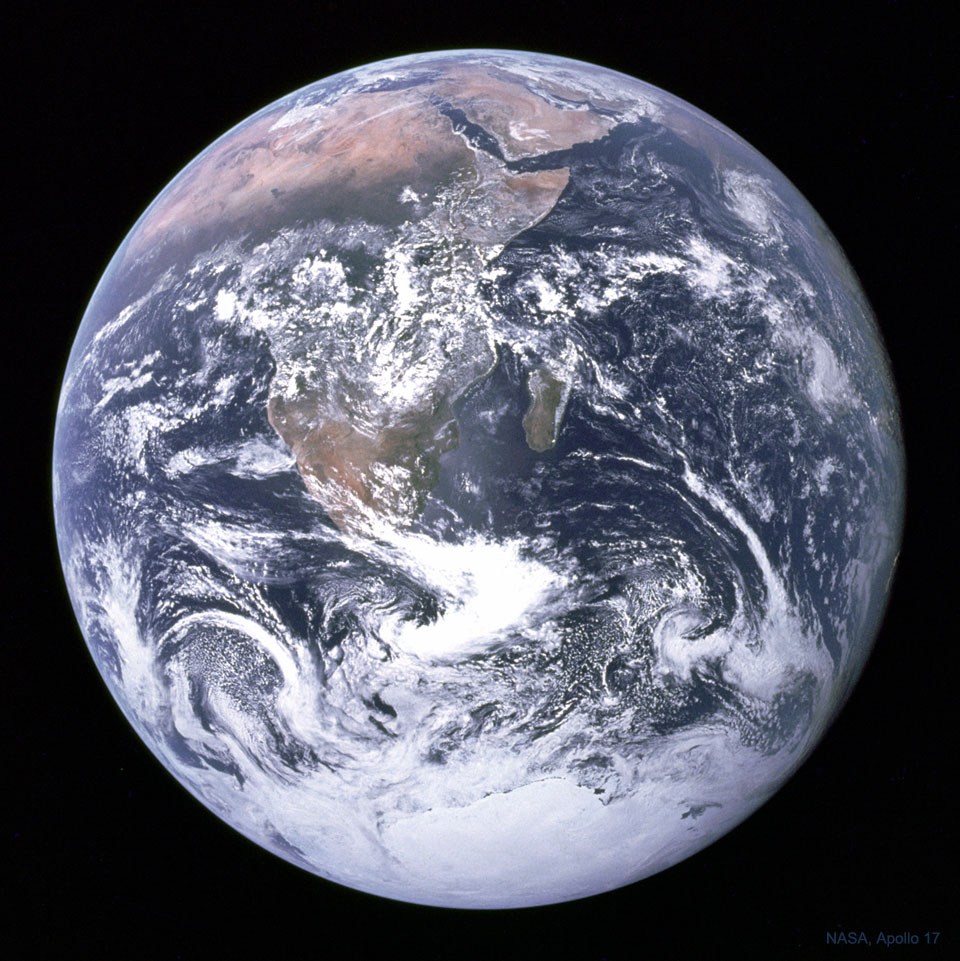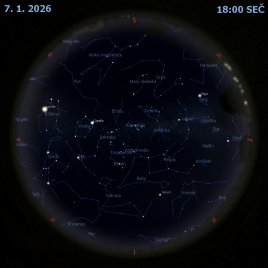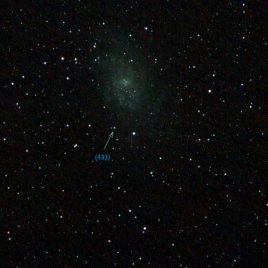Modrá skleněná kulička Země

Uznání: NASA, Apollo 17 Crew
Vítejte na planetě Zemi, na třetí planetě od hvězdy zvané Slunce. Země má tvar koule a skládá se většinou z hornin. Přes 70 procent povrchu Země je voda. Planeta má poměrně tenkou atmosféru složenou převážně z dusíku a kyslíku. Tento snímek Země nazývaný Modrá skleněná kulička, byl pořízen z Apolla 17 v roce 1972 a je na něm vidět Afrika a Antarktida. Považuje se za jednu z nejvíce rozšířených fotografií svého druhu. Země má jediný velký Měsíc, který má asi 1/4 jejího průměru a z povrchu planety se jeví téměř pod stejným úhlovým průměrem jaký má Slunce. Při hojnosti kapalné vody Země umožňuje velkou různorodost forem života, včetně potenciálně inteligentních druhů jako jsou delfíni a lidé. Užívejte si svůj pobyt na planetě Zemi.
Seznam odkazů v popisu
- NASA: Earth
- GeoGebra.org: Sphere Interactives
- Wikipedia: Earth#Chemical_composition
- USGS.gov: How Much Water is There on Earth?
- NASA: Thin Blue Line
- LANL.gov: Nitrogen
- LANL.gov: Oxygen
- NASA: Blue Marble - Image of the Earth from Apollo 17
- Wikipedia: The Blue Marble
- ApolloInRealTime.org: Apollo 17 - Real-time Mission Experience - Thu Dec 7 1972 05:22:47 AM -600
- NASA: Apollo 17
- Wikipedia: Africa
- Wikipedia: Antarctica
- NASA: History of the Blue Marble
- NASA: Earth Observatory
- NASA: Moon
- APOD: 2016-05-01 Rozjímání o Slunci
- APOD: 2016-09-11 Všechna voda na Zemi
- NASA: How did life begin and evolve on Earth, and has it evolved elsewhere in the Solar System?
- Whales.org: HOW INTELLIGENT ARE WHALES AND DOLPHINS?
- APOD: 2019-08-18 Člověk jako kosmická loď
- Jwj.org: Foto: Kočička :-)
NASA Official: Phillip Newman Specific rights apply. NASA Web Privacy Policy and Important Notices
A service of: ASD at NASA / GSFC & Michigan Tech. U.
Odkaz na originální APOD


